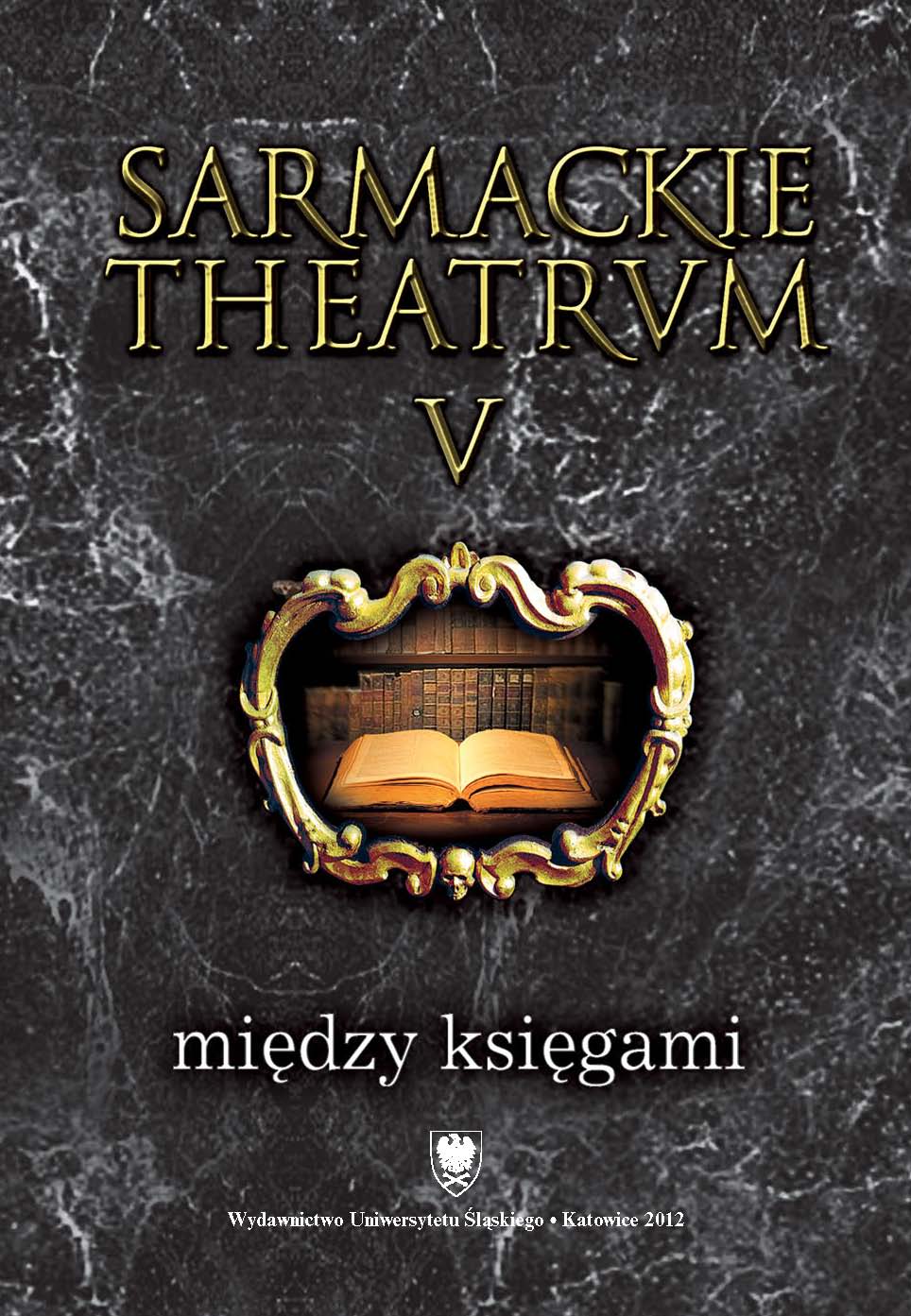Author(s): Maria Wichowa / Language(s): Polish
Publication Year: 0
The work discusses the history of the reception of a meditation guidebook by Diego deEstella (1524—1578), a Spanish Franciscan, in the Old-Polish period. He is totally unknownto the contemporary humanities in Poland, however, his work Libro de la vanidad del mundo(O wzgardzie świata i próżności jego, 1562) was famous on an international scale in the 16th,17th and 18th centuries. It was translated into many languages, including Latin, Italian, Germanand English. In 1611 its Polish adaptation by father Augustyn Kochański (1568—1632), a Franciscanas well, was published. The Polish version, though, was not based on the original one,but on the Latin translation prepared on the basis of the Italian translation. The Polish translatordirected the work at Poor Clares above all from Gniezno, whom he took care of spiritually. Heprepared a guidebook for them helping them in concentration and internal training, and directingthoughts at the Creator. Piety, virtuous life, fervent service, contemplation, asceticism, humility,fast, denying oneself, it all was to lead sisters to salvation. Diego de Estella’s work was againworked on by Andrzej Chryzostom Załuski (1648—1711), a bishop from Płock. He translated itfrom the Spanish Medytacje na różne teksty Pisma Świętego by Fray Diego, whereas the guidebook O wzgardzie świata was based on Kochański’s text, by only making the Polish languageof this work modern, and adding it to Medytacje… It was clearly marked on the title page of theWarsaw edition from 1731. The first edition of this adaptation was revealed in 1702. Hence, Diegode Estella’s work gained big interest and long life in the religious culture of the Republic ofPoland for over 100 years, and is worth being paid attention to by the contemporary researchersof religious writings.
More...



